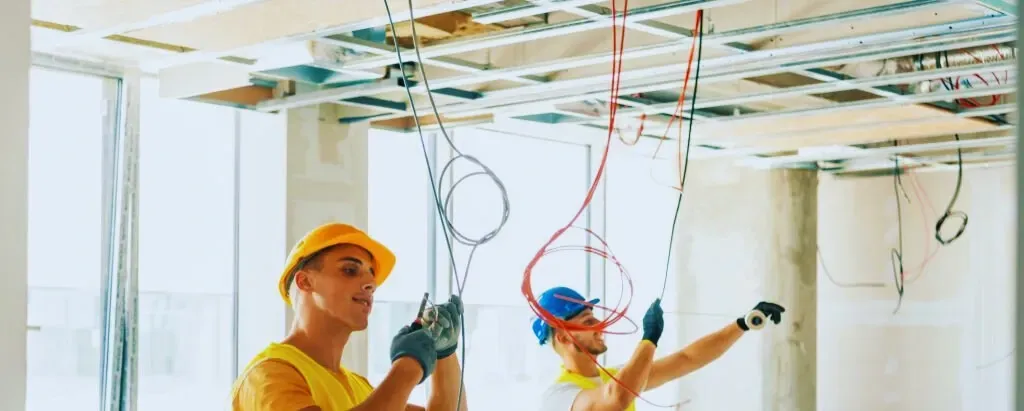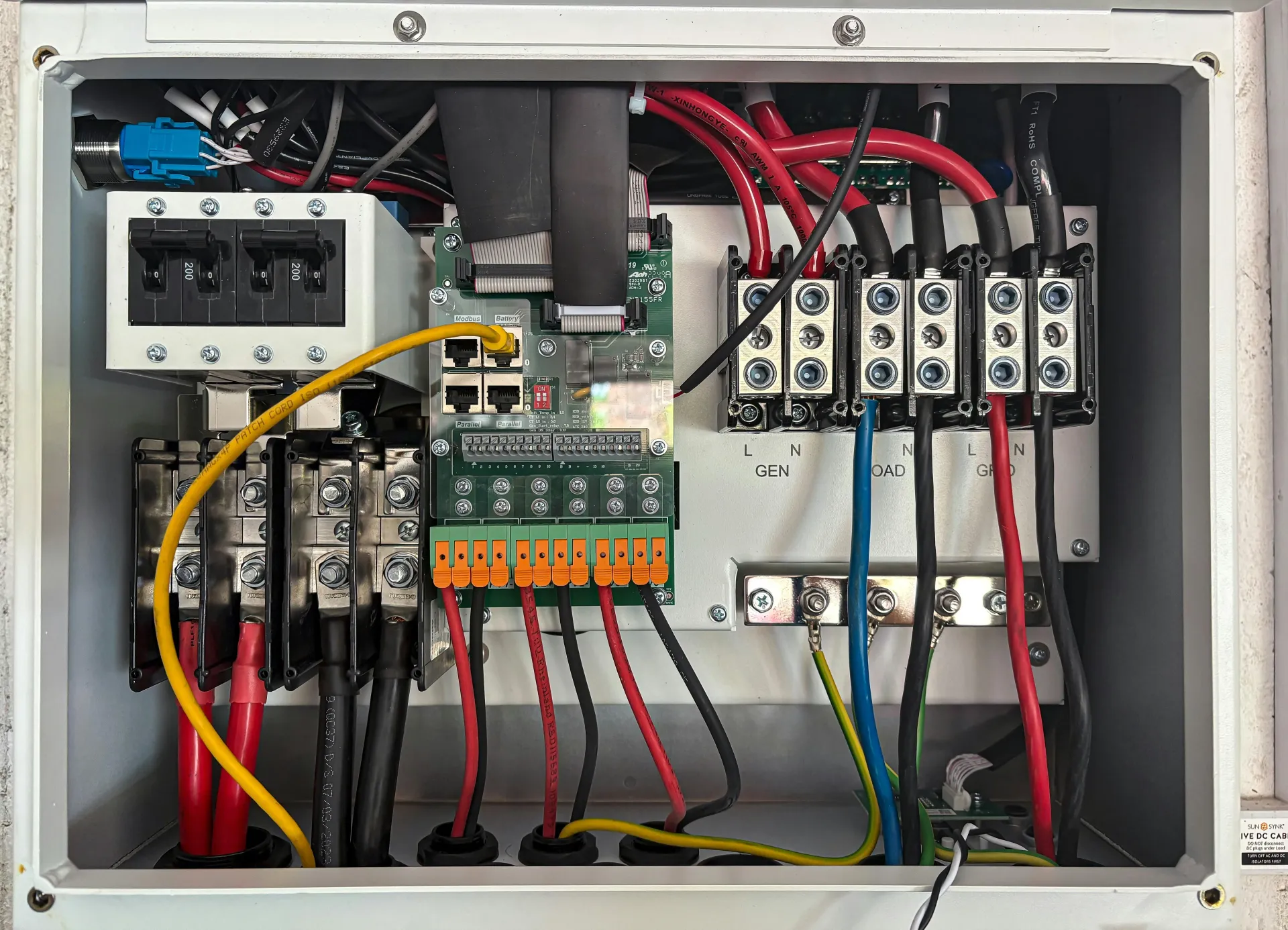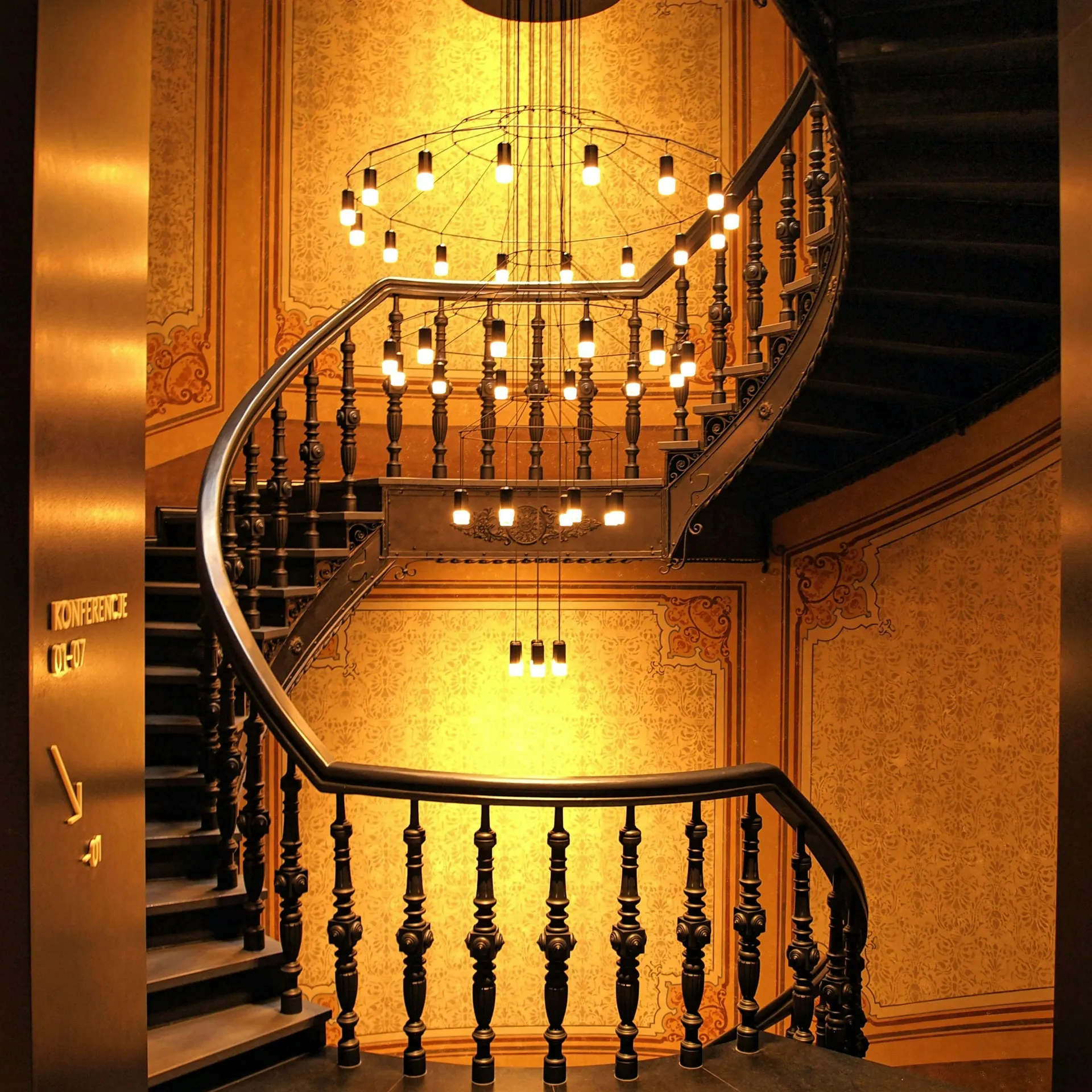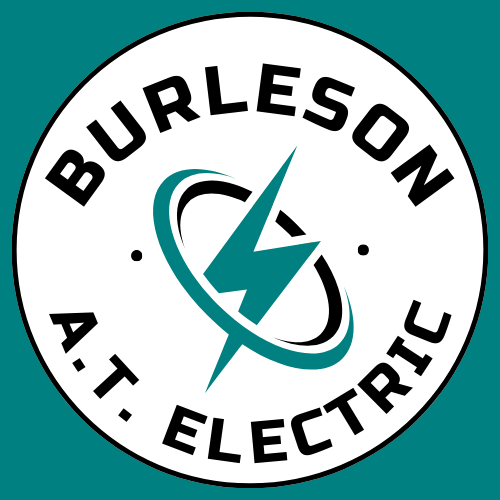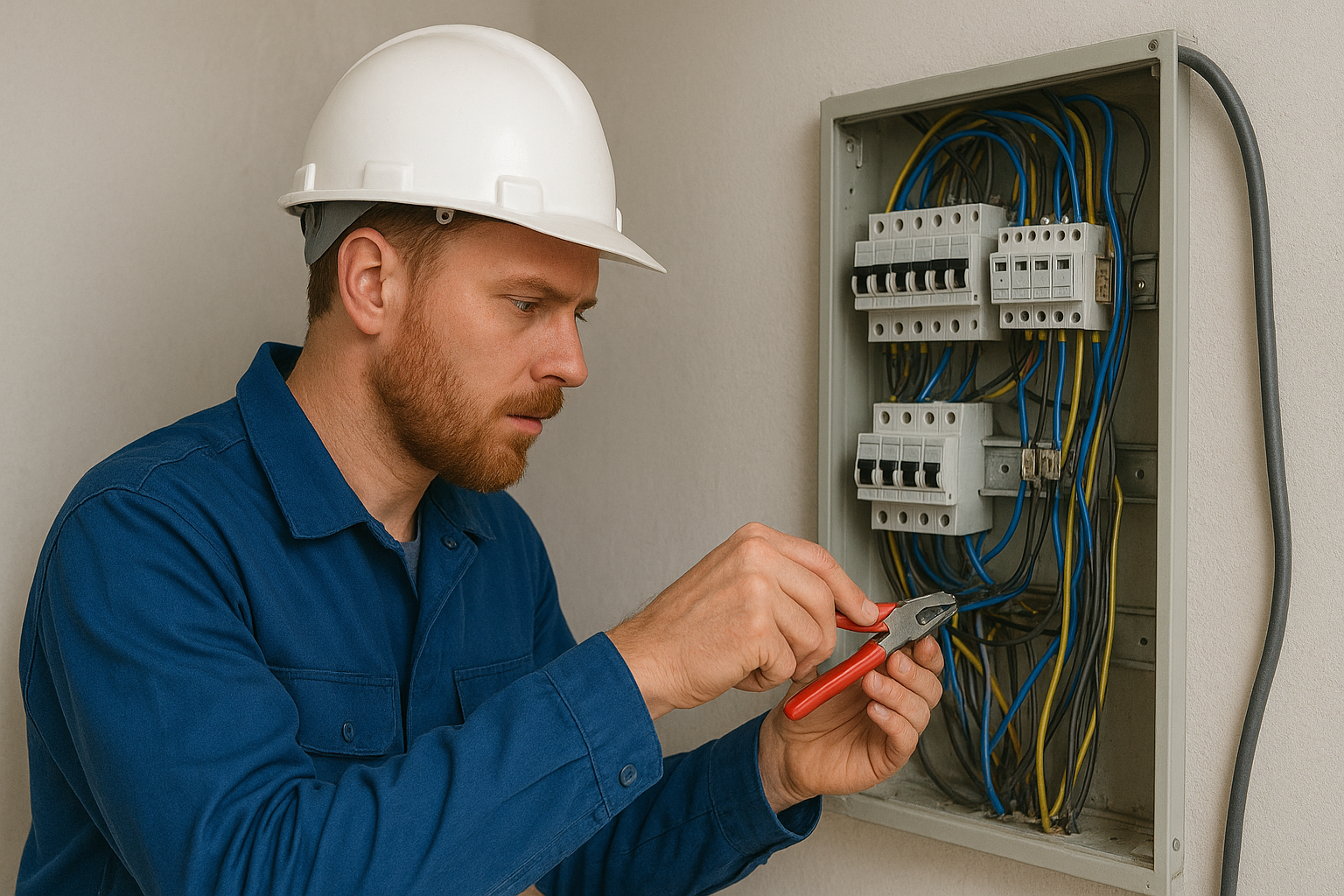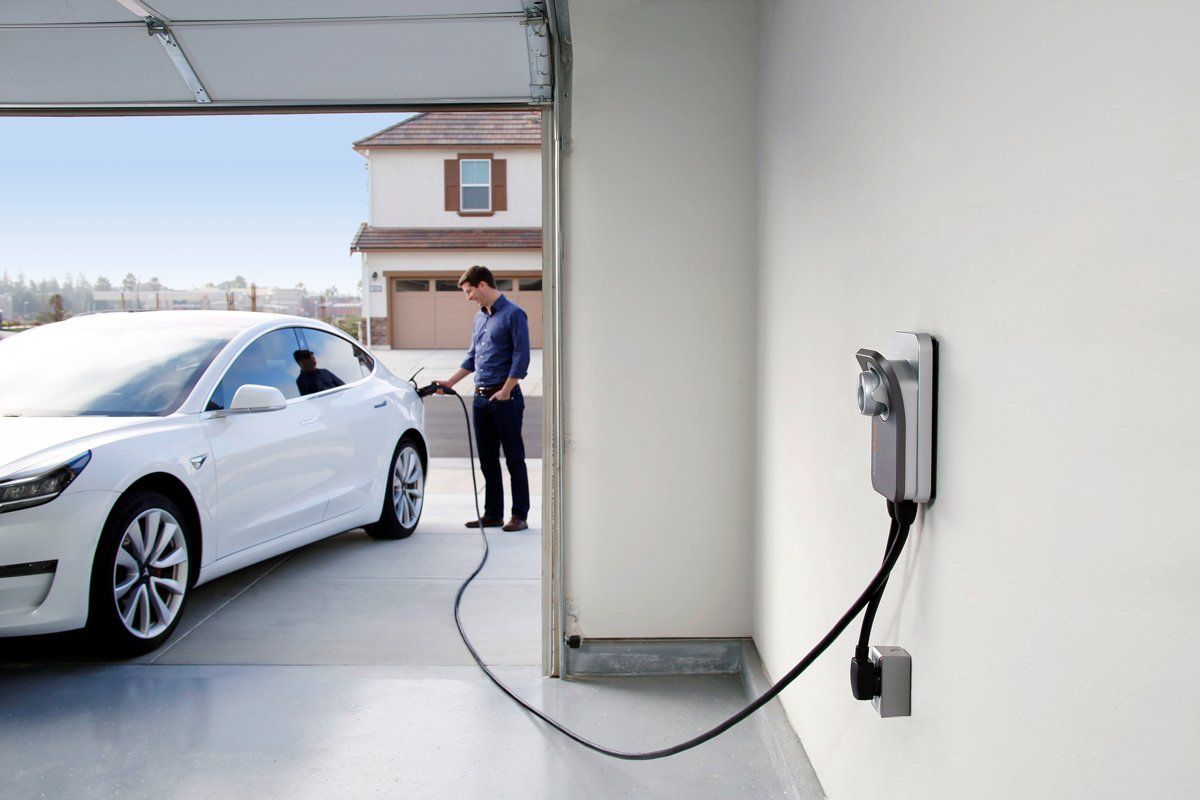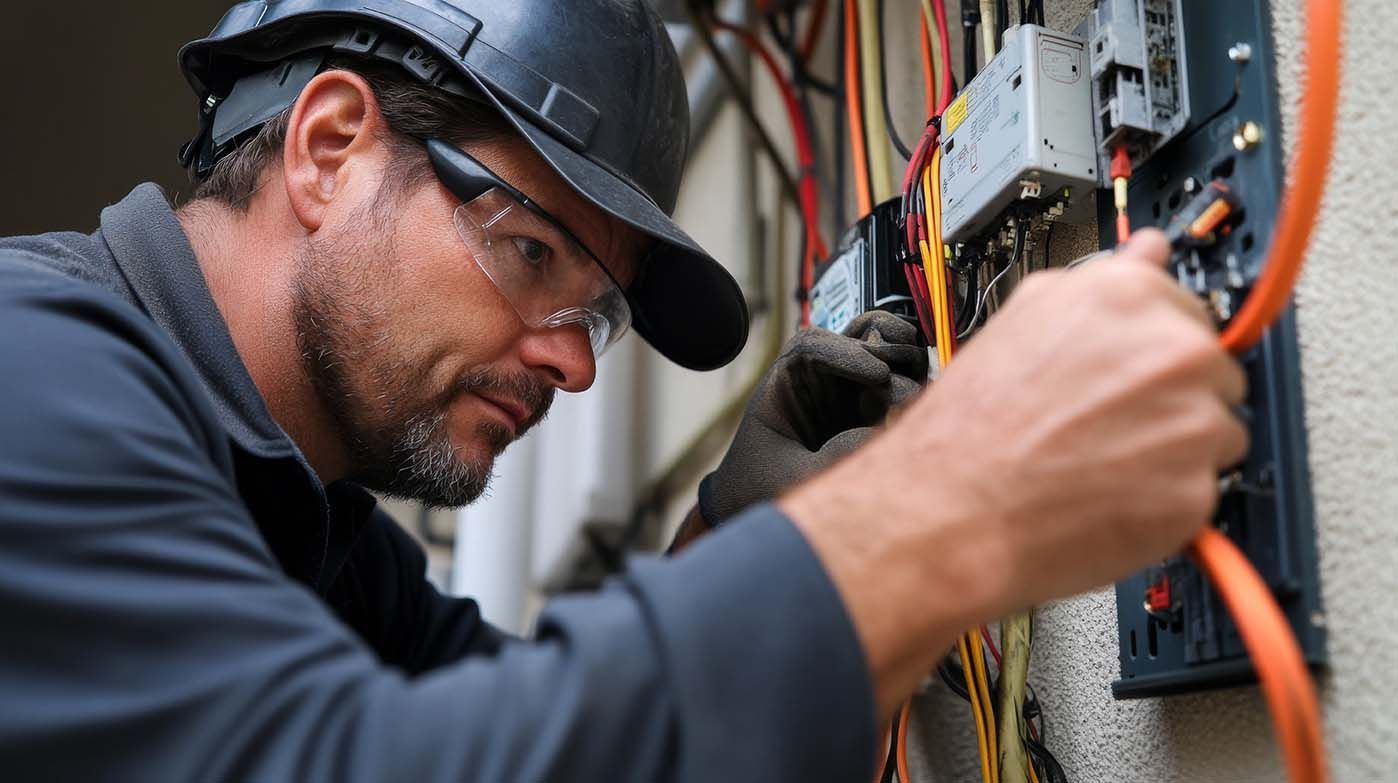Brighten Walkways and Boost Safety: Prevent Trips and Falls
Slips, trips, and falls are among the most common household accidents, and they often happen in the very spaces we walk through daily without a second thought—our walkways. Whether it's a winding garden path, a front porch step, or a dimly lit sidewalk, poor visibility can spell danger. The good news? You can easily reduce these risks. Brightening walkways not only increases visual appeal but also significantly enhances safety and helps prevent trips and falls.

Introduction to Walkway Safety
Every year, thousands of injuries are reported due to poorly lit or neglected walkways. These aren't just minor scrapes—they can be serious, even life-altering. As such, ensuring your outdoor spaces are properly illuminated should be a priority, especially if your home sees children, elderly family members, or guests regularly.
The Risks of Poor Outdoor Lighting
Dark paths and unmarked edges are fertile ground for accidents. Common risks include:
- Uneven surfaces hidden in the shadows
- Unseen steps or elevation changes
- Tree roots or garden hoses that blend into the darkness
- Ice patches or wet spots that aren’t easily noticeable at night
These elements make even a simple trip to the mailbox a risky endeavor.
Why You Should Brighten Walkways
Adding proper lighting is more than just an aesthetic upgrade. It helps:
- Guide safe passage
- Deter intruders by improving visibility
- Increase the usability of outdoor spaces at night
- Improve home value and curb appeal
In essence, you’re not just adding lights—you’re adding layers of protection.
How Lighting Improves Visibility and Reaction Time
When you brighten walkways, you reduce the time it takes for your eyes and body to react to obstacles. In scientific terms, lighting reduces “reaction latency,” meaning you have more time to notice and respond to potential hazards before an accident occurs.
Trip Hazards Lurking in the Dark
Here’s a quick list of common trip hazards that get amplified in low light:
- Cracked pavers
- Loose gravel
- Garden tools
- Extension cords
- Debris from trees
Regular maintenance and consistent lighting can help eliminate these risks.
Fall Prevention Starts with Awareness
Awareness is the first step in accident prevention. Homeowners must regularly inspect pathways and ensure lighting is functioning and sufficient. Ask yourself:
- Are all bulbs working?
- Do shadows obscure any parts of the walkway?
- Is there adequate lighting at entry points?
Landscape Lighting vs. Walkway Lighting
While both enhance outdoor aesthetics, walkway lighting specifically focuses on safety and usability. Landscape lighting is designed to showcase garden features, while walkway lights should highlight paths, steps, and elevation changes.
Top Benefits of LED Outdoor Lighting
Switching to LED lights brings multiple advantages:
- Energy efficiency: Save on electricity bills
- Durability: Lasts longer than traditional bulbs
- Brightness: Offers better clarity
- Eco-friendliness: Less environmental impact
They also come in various color temperatures to fit every aesthetic.
Smart Lighting Systems for Modern Homes
Technology has revolutionized safety. Smart lighting offers:
- Motion sensors
- Timers
- Remote access via mobile apps
- Integration with home security systems
These features make sure your walkways are never dark when they shouldn’t be.
How to Design a Safe and Stylish Walkway
You can combine function and fashion. Use layered lighting—overhead lights for visibility, path lights for guidance, and decorative fixtures for ambiance. Make sure the brightness levels match the area’s needs.
Installing Lights Along Driveways and Steps
Driveways and steps require more intense lighting due to higher foot and vehicle traffic. Use directional lights aimed at the ground and install step lights on stair risers to highlight every level change.
Best Types of Lights for Walkways
Here are some lighting fixtures ideal for walkways:
- Path lights: Low to the ground, guiding the way
- Bollard lights: Taller, often used in public areas
- Downlights: Mounted on walls or trees
- In-ground lights: Installed flush with the surface
Choose based on your specific path width and terrain.
Positioning Lights for Maximum Safety
Strategic placement matters. Place lights:
- Every 6–8 feet along paths
- At intersections and curves
- At entry points
- Near any elevation changes or obstacles
Common Mistakes in Outdoor Lighting
Avoid:
- Overlighting (causes glare)
- Uneven spacing
- Using the wrong color temperature
- Ignoring shaded areas
Aim for uniform light spread without hot spots or shadows.
Energy-Efficient Outdoor Lighting Options
Aside from LED, consider:
- Solar lights: Eco-friendly, though less powerful
- Timers and dimmers: Control usage
- Photocells: Turn lights on at dusk and off at dawn
These reduce energy use without compromising safety.
Seasonal Considerations for Walkway Lighting
Winter brings snow, ice, and early sunsets, making lighting crucial. Waterproof fixtures and warm lights can maintain function and clarity through the seasons.
Solar vs. Wired Lighting Solutions
Solar lights are great for:
- DIY installation
- Low-maintenance areas
Wired lights are better for:
- Consistent brightness
- Large properties
Evaluate your needs and consider hiring a pro for electrical service.
How to Maintain Outdoor Lighting Fixtures
Keep lights functional with:
- Monthly bulb checks
- Cleaning lenses
- Removing debris
- Replacing corroded components
It’s not just about brightness—it’s about dependability.
Hiring a Professional for Electrical Service
Improper wiring can be dangerous. Let a licensed pro handle your installations for peace of mind. For safe, expert installation, consider electrical service.
DIY vs. Professional Walkway Lighting Installation
DIY:
- Lower cost
- Good for solar lighting
Professional:
- Compliance with local codes
- More durable wiring
- Expert design insights
The latter often provides a better long-term value.
Electrical Codes and Safety Compliance
If you’re using wired lighting, compliance is non-negotiable. Professionals ensure installations meet NEC guidelines and local codes, avoiding future legal and safety issues.
Using Motion Sensors for Security and Savings
Motion-activated lights:
- Startle intruders
- Save energy
- Automatically light up paths when needed
Install these at strategic points along entrances and dark corners.
Case Studies: Before and After Lighting Upgrades
In homes where walkways were previously dim, simple lighting installations led to:
- 85% fewer incidents reported
- Better nighttime usability
- Enhanced curb appeal
Real results, tangible benefits.
Creating a Lighting Plan for Your Home
Steps:
- Walk your paths at night
- Note dark spots
- Decide fixture types
- Set a budget
- Hire a trusted electrical service
Your lighting plan should be as unique as your home.
How Lighting Enhances Curb Appeal
Well-lit paths add to your home’s visual charm. Buyers view lighting as a premium feature, increasing property value while making your space inviting.
Brighten Walkways for Elderly and Disabled Access
Accessible lighting considerations include:
- Low-glare, diffused light
- Even surfaces with no shadows
- Handrail lighting
- Clear visibility from indoors
Safety and dignity should go hand-in-hand.
How Weather Affects Walkway Safety
Rain, snow, and fog can obscure even well-lit paths. Use weather-resistant fixtures and add traction mats or heated walkways where possible.
Insurance Benefits of Safer Walkways
Safer homes mean fewer claims. Insurance companies may offer premium discounts for properties with documented safety improvements—lighting included.
Local Regulations on Outdoor Lighting
Some municipalities limit brightness or require downlighting to prevent light pollution. Always check local zoning rules before installation.
How to Get Help: Contacting a Local Expert
Need help planning your walkway lighting or ensuring it’s code-compliant? Reach out to trusted professionals through this contact page for expert assistance.
Conclusion: Safer, Brighter Futures
Preventing trips and falls doesn’t have to be complicated. A well-thought-out lighting plan can transform your outdoor spaces from accident-prone to safely glowing. By choosing the right fixtures, installing them correctly, and maintaining them regularly, you not only protect your loved ones but also boost your home’s value and charm.
FAQs
What is the best type of lighting for walkways?
LED path lights are the most popular due to their brightness, energy efficiency, and longevity.
How far apart should walkway lights be installed?
Typically, 6 to 8 feet apart, depending on brightness and coverage needed.
Can solar lights be used for safety purposes?
Yes, but ensure they’re high-quality models that store enough energy to last all night.
Is it worth hiring a professional electrician?
Absolutely—especially for wired installations or custom lighting designs. Contact a licensed
electrical service for support.
What color temperature is best for outdoor safety?
Warm white (2700K–3000K) offers a balance of visibility and comfort.
How do I test my current walkway for hazards?
Walk it at night, note dark spots, check for uneven surfaces, and review lighting coverage.
Suggested Internal and Outbound Links
